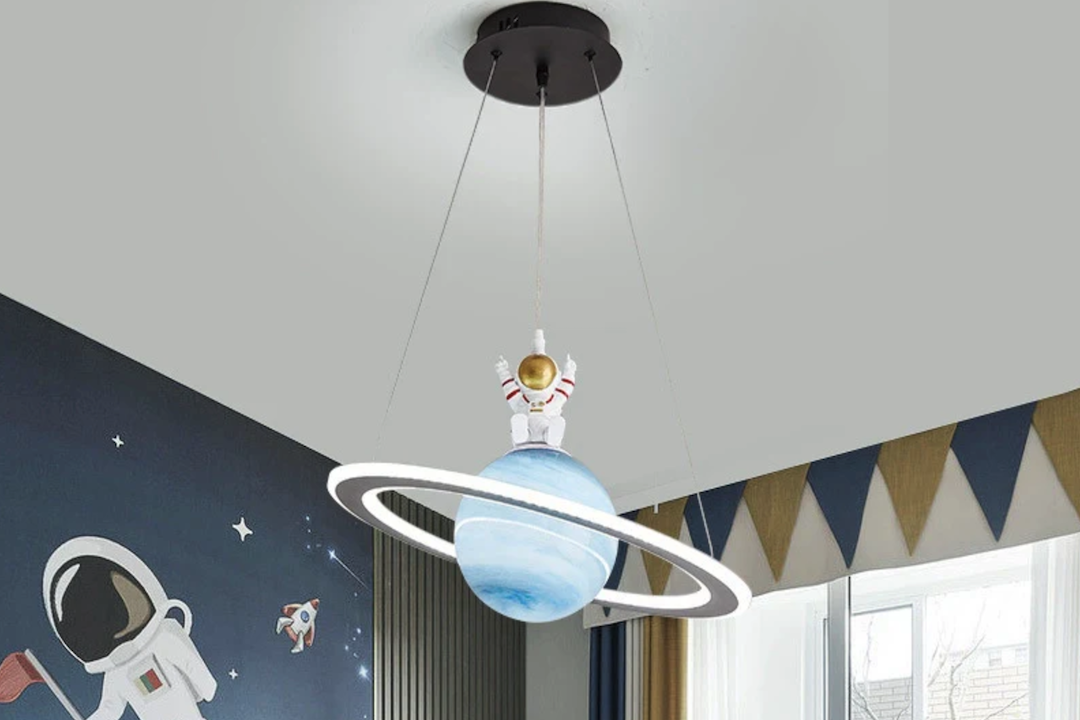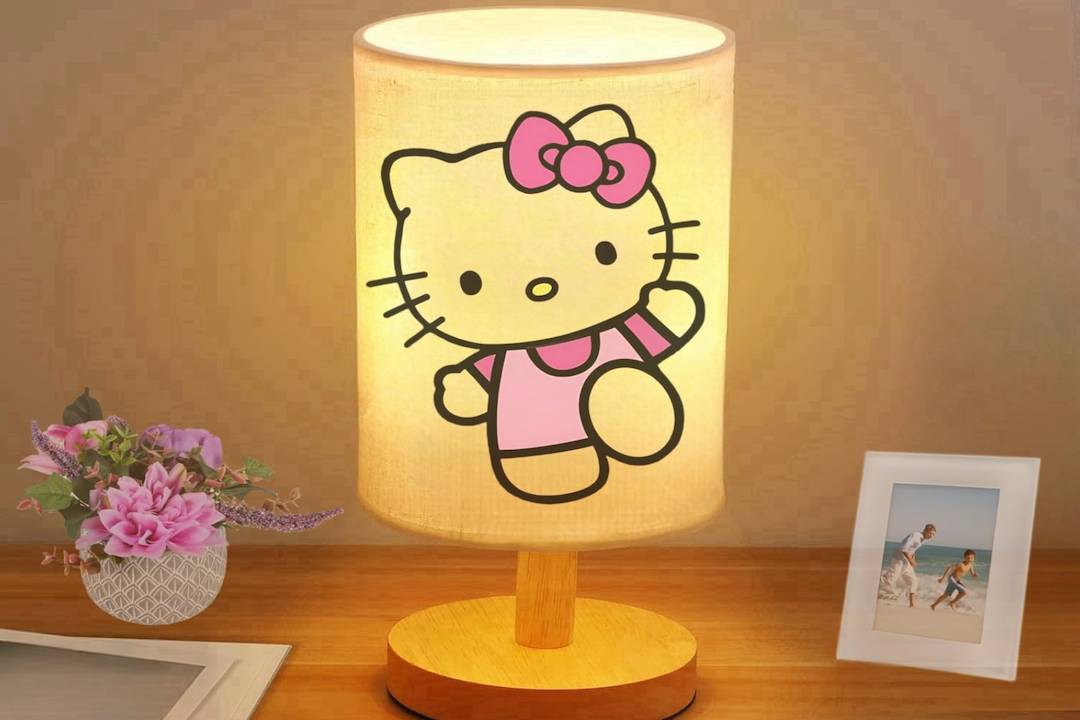Introduction
Isamu Noguchi was a Japanese-American sculptor who left a lasting impact on the world of art. His works were an intersection of modernist art and traditional Japanese aesthetic. He was known for his innovative use of materials, especially stone and metal, which he transformed into breathtaking pieces of art.
Early Life
Noguchi was born in Los Angeles, California, in 1904 to an American mother and a Japanese father. He grew up in Japan and, later, the United States, where he studied pre-medicine at Columbia University before deciding to pursue a career in art. In the 1920s, he traveled to Europe and studied under the sculptor Constantin Brancusi.
Style and Inspiration
Noguchi’s style of sculpture was deeply influenced by his Japanese heritage and his experiences with modernism. He was particularly fascinated by the concept of space in sculptural art and experimented with ways of creating sculptures that interacted with the environment around them. He was inspired by natural forms such as rocks, trees, and water and incorporated these elements into his sculptures.
Materials
Noguchi’s use of materials was innovative and groundbreaking. He often combined materials such as stone, wood, and metal to create forms that were both elegant and powerful. Throughout his career, he experimented with different materials and techniques, and his skill in manipulating these materials is evident in his sculptures.
Landscapes
Noguchi’s sculptures often interacted with the landscape around them, blurring the line between the sculpture and its environment. He believed that sculpture should be viewed as part of the natural world rather than as a separate entity. His work was often inspired by the landscapes of Japan, with their emphasis on the natural beauty of rocks, water, and trees.
Major Works
Noguchi’s most famous works include “Red Cube,” which is located in Lower Manhattan and “The Noguchi Museum,” which houses a collection of his sculptures, designs, and archives. His sculptures have been displayed in major galleries and museums around the world and have garnered critical acclaim for their innovative use of materials, form, and design.
Conclusion
Isamu Noguchi was a master of sculpture, whose works continue to inspire and captivate art lovers around the world. He combined traditional Japanese aesthetics with modernist art and transformed materials such as stone and metal into breathtaking works of art. His legacy lives on in his sculptures and continues to inspire new generations of artists to push the boundaries of sculpture.
References:
- Baigell, M. (2000). Isamu Noguchi: Essays and Conversations. Berkeley: University of California Press.
- Noguchi Museum. (n.d.). About Isamu Noguchi. Retrieved from https://www.noguchi.org/about/noguchi/
- Taylor, M. (1991). Space, Time, and Architecture: The Growth of a New Tradition. Cambridge: Harvard University Press.






